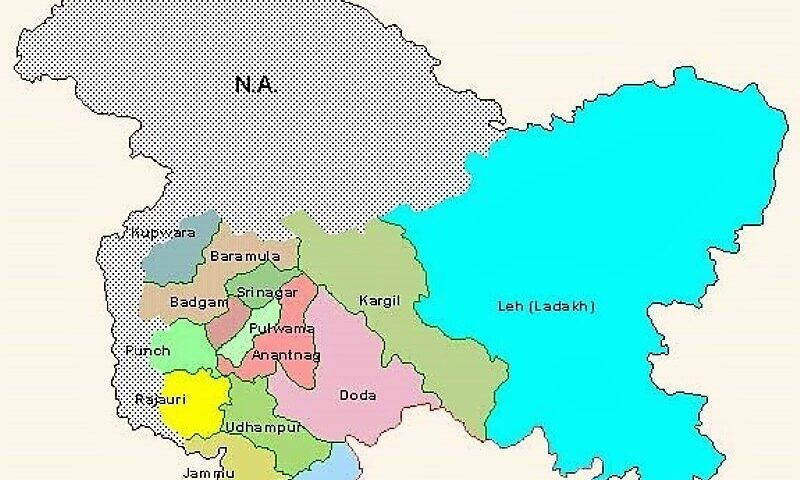Meteorological Department Issues Alerts as Region Braces for Weather Extremes
Srinagar, 15 April 2025: A Climate Anomaly in the Valley
Kashmir is witnessing an unseasonal and record-breaking heatwave as Srinagar recorded 30.4°C on Tuesday, marking its hottest day in April since 1946. The unusual heatwave is part of a broader pattern across the Valley, with temperatures soaring well above their seasonal averages and raising concerns among residents, environmentalists, and local authorities.
Temperature Peaks Across Kashmir
Srinagar’s temperature stood 10.2°C above the average, closely approaching the all-time April peak of 31.1°C recorded on April 20, 1946. Other regions also set seasonal records:
- Qazigund: 29.8°C
- Kupwara: 29.5°C
- Kokernag: 27.5°C
- Pahalgam: 25.4°C
Even the snow-covered slopes of Gulmarg weren’t spared, recording 20.7°C, an astonishing 11.2°C above normal.
MeT Department Alerts and Forecast
The Meteorological Department (MeT) has issued yellow and orange weather alerts for April 18 and 19, predicting a significant shift in weather conditions.
- Yellow Alert (April 18): Advises caution in parts of J&K.
- Orange Alert (April 19): Calls for preparedness as moderate to heavy precipitation, gusty winds, and thunderstorms are likely to impact the region.
A fresh western disturbance is expected to bring light to moderate rainfall and snow in higher reaches between April 18 and April 20. By April 21, the forecast predicts cloudy skies, with scattered rain and thunderstorms, followed by a dry spell from April 22–25. Another cloudy phase is anticipated from April 26–27.
Implications and Advisories
Authorities have urged tourists, transporters, and farmers to plan ahead to mitigate risks posed by the evolving weather conditions. Landslides, mudslides, and shooting stones are expected in vulnerable areas. Farmers have been advised to complete critical fieldwork by April 17 to prevent losses from adverse weather impacts.
Meanwhile, travelers are encouraged to adhere to traffic advisories and exercise caution during this period of heightened weather unpredictability.
Looking Ahead
This heatwave highlights the growing climate variability in Kashmir, with unseasonal temperature spikes offering a stark reminder of the region’s susceptibility to environmental changes. As the Valley transitions to wetter conditions later this week, experts are closely monitoring the impact on agriculture, transportation, and tourism.




